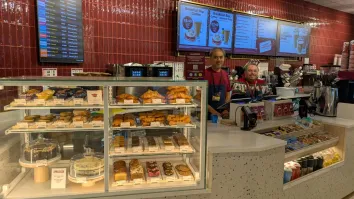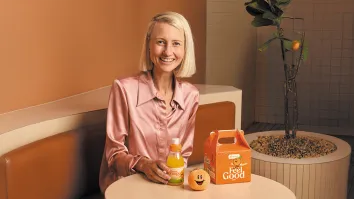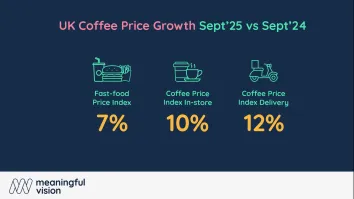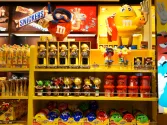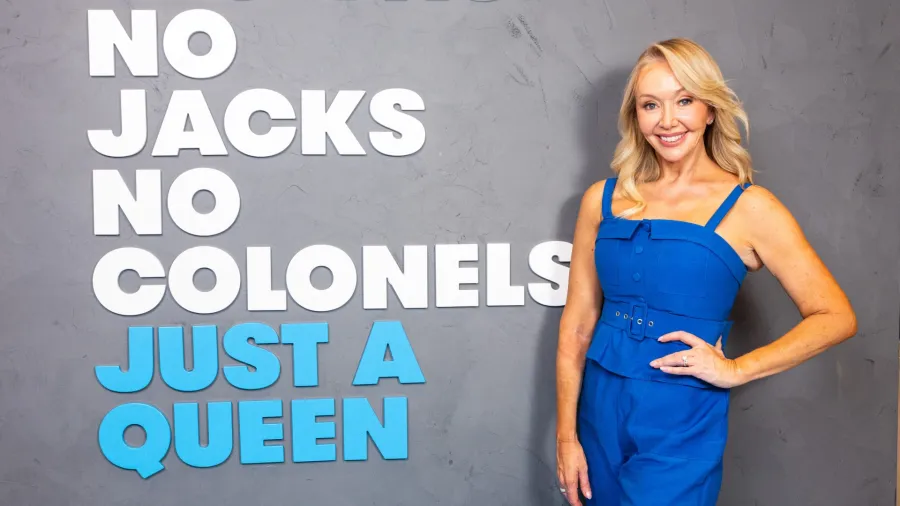
Wendy’s bets on bold new look as competition heats up in Australia
The momentum has held beyond its flagship launch buzz, with repeat visits helping sustain foot traffic.
Wendy’s is sharpening its identity in Australia’s crowded fast-food field with a concept store that trades uniformity for theatrics, as the US chain seeks to carve out a bigger slice of a market dominated by long-established rivals.
The Haus of Wendy, launched on 29 October on Albert Street in Brisbane’s central business district (CBD), departs sharply from the brand’s traditional restaurant design. The multi-level flagship is carved into themed zones marked by vivid colours, local artwork and social-media-ready installations aimed at younger diners and digital natives.

The ground floor opens into two lower-level sections—red and blue—each highlighting different aspects of the brand. The red rooms feature a hand-painted mural that places the Wendy character alongside Brisbane landmarks, braid-pattern details and screens broadcasting live user-generated content. The blue rooms focus on the chain’s Frosty dessert, anchored by a handmade “Bow Wall” created by Brisbane artist Rachel Burke.
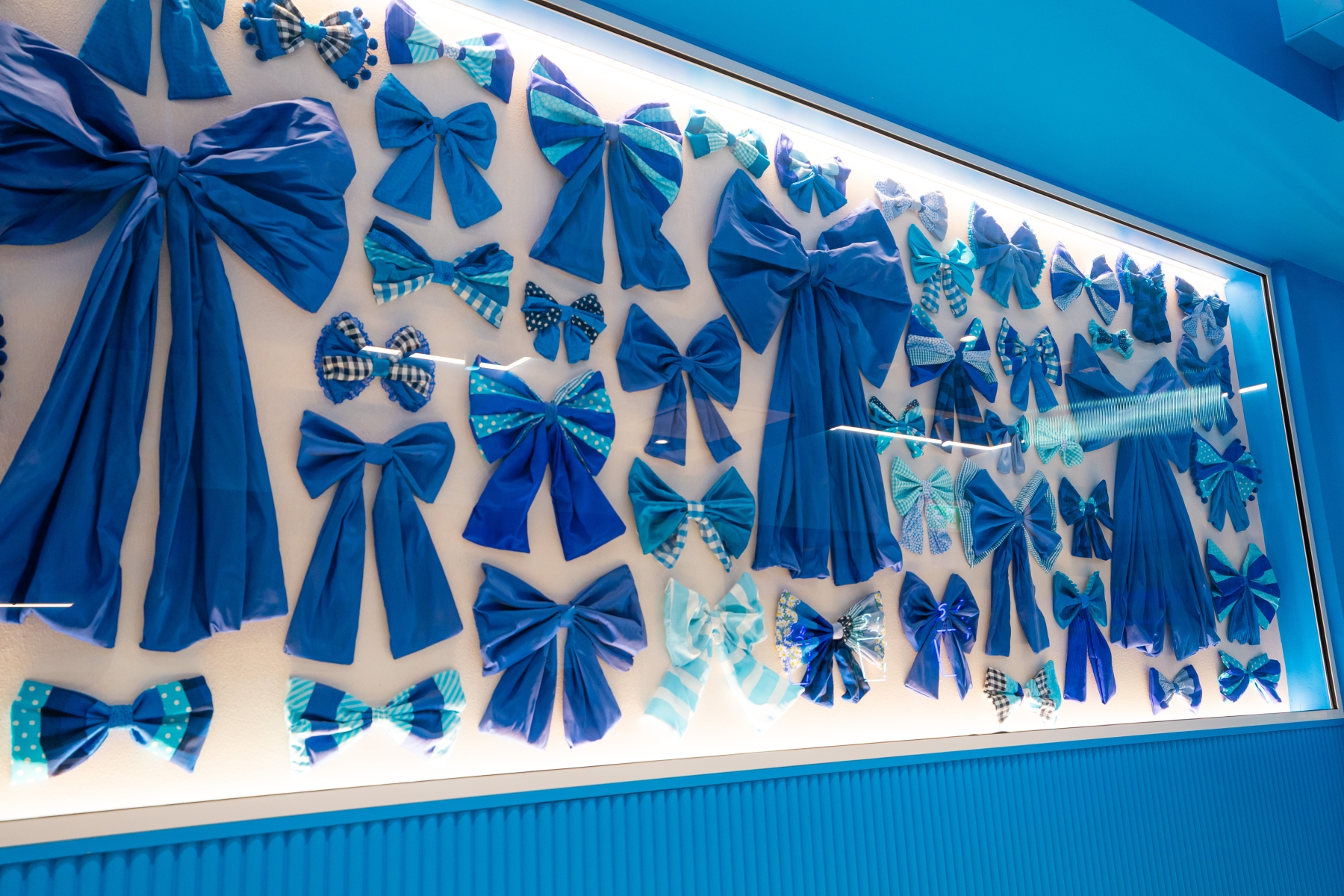
The store’s hyper-visual interior and localised artwork contrast with the consistent global template that Wendy’s typically applies across markets. The company leaned into that difference ahead of launch, staging a marketing blitz in Brisbane’s CBD by dressing public statues with the chain’s trademark red pigtails and sending “Redhead Royalty” brand ambassadors across city landmarks to hand out burger vouchers.

The approach is meant to capture attention in an increasingly saturated landscape, Corina Black, chief marketing officer at Flynn Group Wendy’s Asia-Pacific, told QSR Media.
“Australia’s QSR market is dominated by long-established players who’ve built familiarity and scale over decades,” she said in an emailed reply to questions. “All brands are competing in an attention economy where consumers are served hundreds of messages every day.”
Competition is intensifying. About 300 fast-food stores opened across the country in 2024, according to GapMap’s annual industry report. Despite a 3.5% slide in real per-capita spending, the sector has been buoyed by population gains and inflation-linked menu price increases.
Early results from the Brisbane flagship suggest Wendy’s bet on design and personality is paying off. The Haus of Wendy logged the strongest opening day and opening week sales in the brand’s global history, Black said.
Queues formed as early as 5 a.m., and in its first week, the store sold more than 17,000 burgers, 18,000 chicken tenders and 6,500 Frostys.
Black said the momentum has held beyond the launch buzz, with repeat visits helping sustain foot traffic. That performance is shaping the chain’s expansion plans for 2026, which include a mix of suburban restaurants, drive-thrus and larger CBD formats.


